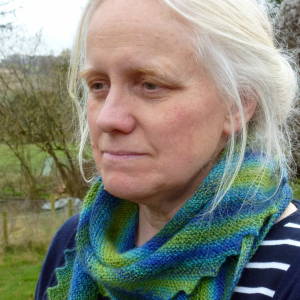Project 365 day 298: my 21st birthday present
Last week's invention was the radio cassette player I received for my sixteenth birthday. Today, meet my sewing machine: a trusty Frister Rossman Cub 7 which was sold as portable, with a neat and compact carrying case, but is far too heavy to carry far. My parents bought it for my 21st birthday in 1981, though we chose it together some time after the event, when I returned from my undergraduate year abroad teaching in France and Spain. My father hoped, as he always did, that it would last me "a good, long time", and after forty years and just one repair and service, it is looking and functioning better than I am. It was used a lot for its first decade, when I was making a lot of my own clothes, but then had a long, quiet period when I was both teaching full time and bringing up a severely disabled child. I made a few simple household items and some little things for J, but felt no need to rival my mum's gifts of smocked dresses. Since I stopped teaching and we moved to our current home, the sewing machine has been more active again, though mostly for the constantly growing piles of mending: now that I no longer have a salary and am trying to live simply and sustainably, I've started to enjoy mending and find it both absorbing and satisfying. Today I was repairing the badly frayed hems of a pair of P's trousers. It won't be an invisible mend, but they will be fine for walking and gardening.
The first functional sewing machine was produced and patented in France by Barthélemy Thimonnier in 1830. He was awarded a contract to produce army uniforms, but his factory was destroyed by a mob of tailors fearful that they would soon be unemployed and he eventually died bankrupt. In the US, Isaac Singer triumphed in a patent war and manufactured the first commercially successful machines, which were mass produced from 1850 and won first prize at the Paris World's Fair in 1855. The company demonstrated the first workable electric sewing machine in 1889, and began to mass-produce them for the domestic market in 1910. Lighter weight, more portable machines became available by the 1930s. Zigzag machines, which can finish raw edges and seams with zigzag stitching, were used commercially from the 1930s but did not become available for home use until 1947. Frister and Rossmann was a German sewing machine and embroidery company founded in Berlin in 1864. The Cub 7 was made in the late 1970s and early 1980s, and anecdotal evidence suggests that lots of people are still using them today: they were robustly made, from metal, and have a much longer life than many of today's sewing machines. I'm hoping mine will last as long as I can sew.

Comments
Sign in or get an account to comment.


